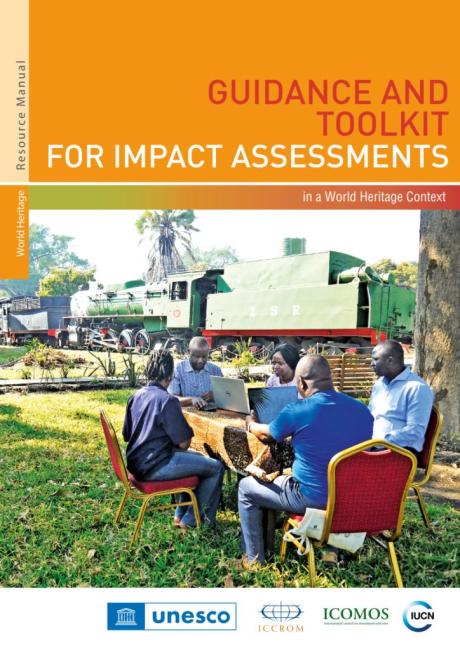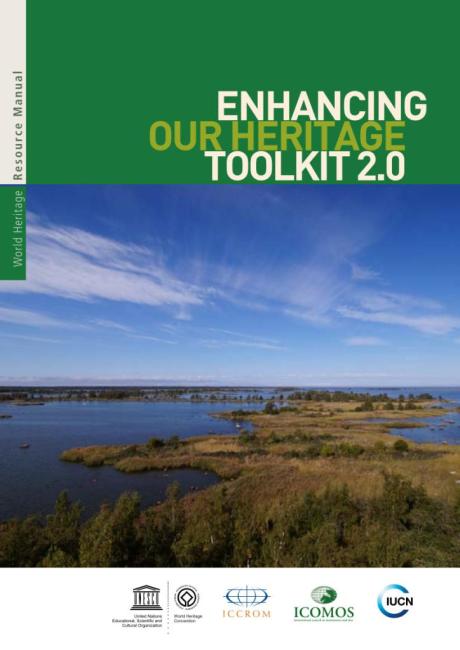Management processes
- Management is considered as a combination of institutional structures, instruments and processes which together ensure the effective protection of the heritage place for present and future generations.
- A management cycle includes a series of recurring management processes: planning, implementation, monitoring and evaluation.
- Heritage All inherited assets which people value for reasons beyond mere utility. Heritage is a broad concept and includes shared legacies from the natural environment, the creations of humans and the creations and interactions between humans and nature. It encompasses built, terrestrial, freshwater and marine environments, landscapes and seascapes, biodiversity, geodiversity, collections, cultural practices, knowledge, living experiences, etc. practitioners actively undertake many other functions that contribute to maintaining the values of a heritage place that deserve similar attention such as mitigating risks, reducing impacts from disasters, carrying out research, fostering the engagement of local communities, facilitating educational activities or providing tourism and visitor services, which should be considered as an integral part of the management system.
Planning can be defined as the process of setting desired outcomes, determining the ways and means by which these outcomes can be attained and allocating resources to achieve those outcomes. It is one of the most important management processes to help managers and other actors prioritize and carry out long-term and day-to-day actions to protect, conserve and present a heritage place. The management plan is the product of the planning process which sets out the management approach and what is to be achieved over a given period of time. While the preparation of the management plan is a critical stage, it is only the beginning, since the work continues with its implementation and monitoring and evaluation, which can both be defined as processes in their own right. The continuous and recurring nature of these different processes is defined as the management cycle.
Implementation is about the delivery of planned actions. While a lot of effort and resources are directed to preparing management plans and other planning instruments, implementation does not always receive the attention it deserves. This is often where problems arise. People generally assume that once a plan has been developed, implementation will naturally follow but that is hardly the case.
Many management plans are strategic in nature hence they need to be supplemented with more detailed and accurate operational plans to guide implementation. In addition, many heritage places have other subsidiary plans (e.g. DRM plan, tourism strategy, business plan), which must also be implemented in an integrated way. Therefore, implementation processes must be in place to develop detailed annual budgets and work plans based on the actions specified in those different plans. Once implementation is under way, it is important to identify whether this is being undertaken effectively and check if it is necessary to correct or adapt approaches and actions. The term monitoring and evaluation is often used to define this function.
Monitoring involves the regular collection and analysis of information and data for both the state of conservation of the heritage place and the implementation of the management plan in order to track progress and make informed decisions. Evaluation, in turn, is usually carried out at specific periods of time to determine the efficiency, effectiveness, and results of an ongoing or completed project, plan or even the overall management system for the heritage place, to assess what is working well and what needs to be improved.



